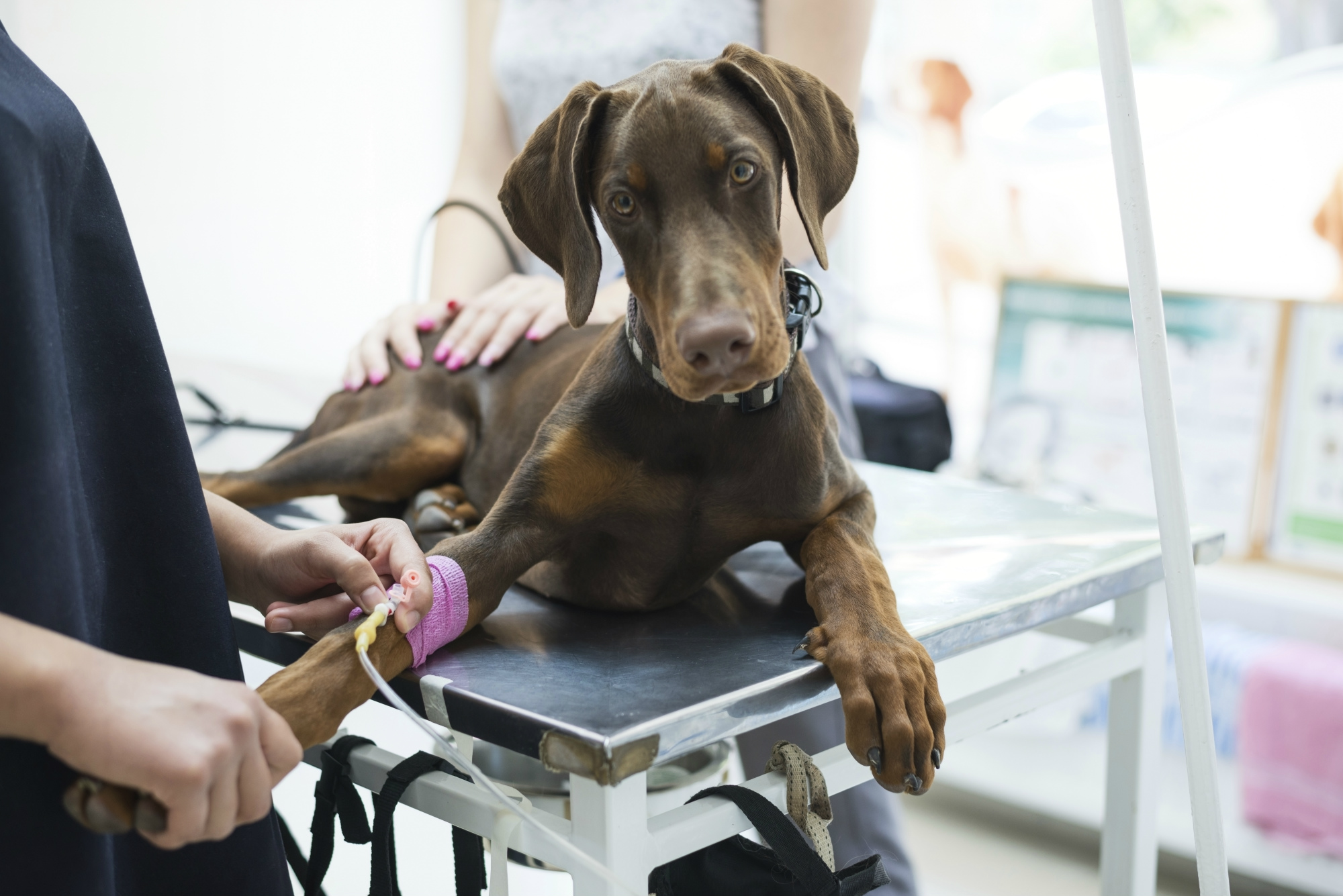
Buyer beware – or at least do the homework.
They use an example of a pug named Petunia that apparently was tested as a carrier of a marker for DM, degenerative myelopathy, a very imprecise marker that is meaningless in some breeds and meaningful in others. The owners opted to euthanize Petunia rather than have her live what they assumed would be a horrible life. While pugs are known for spinal issues, they are not typically due to DM, even though the marker is found in the breed. But Petunia was put to sleep anyway.
In the last year, I have been increasingly alarmed seeing ads depicting, for example, a sad mixed breed dog with a caption about being glad “mom” found out he carried a copy of the mutation for PRA (progressive retinal atrophy.) This was a highly misleading advertisement from a popular company – since carrying only one copy of the mutation for PRA means the dog will never go blind. That pup should be celebrating, but that’s not what sells. Moreover, most mutations tested by these large panels are both breed specific AND recessive, meaning most mixed breed dogs are highly UNLIKELY to carry two copies and therefore get sick.
Not unlike the disease testing, the genetic diversity information garnered by these tests is limited. The same people ensuring the validity and importance of the disease testing are also telling breeders their genetic diversity methods are superior. This is to be expected – they are selling the tests and it’s their job. However, they use the fact that they use more markers and that these are found on all chromosomes. More markers also sound good to pet owners and breeders – more sounds better than less, right? – but in fact 230,000 markers are out of 2.8 billion base pairs, a tiny fraction of .008% of the canine genome. There are on average 12,000 untested markers in between each of the markers that are tested, so this is actually a low density panel – it only seems quite thorough.
Often the VGL Canine Diversity test we use for our analyses, which was created by veterinarians, geneticists and biostatisticians to help breeders manage their gene pools, is said (by advocates of the large panel tests) to be “old technology.” In other words, it has been around long enough to be reliable and thoroughly tested. Your AKC DNA profile? Same method. Your FCI parentage testing? Same method. It is also the same method used to establish human paternity and convict felons through forensics. It can identify any human on earth. And it is recommended by leading conservation geneticists.
The data garnered from it is excellent for estimating genetic relatedness. There are a great many research papers published in the last decade that explore all the strengths and weaknesses of the various estimators of genetic relatedness and how best to make use of them (such as this from 2011 and this from 2015 and this from 2015 and this from 2015 and this from 2016, among many others.) With all this recent information, it has been possible to have accurate estimates of genetic relatedness, and our members see it every time they look at our software’s estimated relationships. This DNA test is easy to analyze, is affordable, quick to process, accurate even with slight changes in DNA, and can be run with less than pristine DNA samples. It’s an excellent test for its important purpose – accurately testing genetic diversity for dog breeders, planning breedings and managing their gene pool.
 Previous Post
Previous Post Next Post
Next Post


